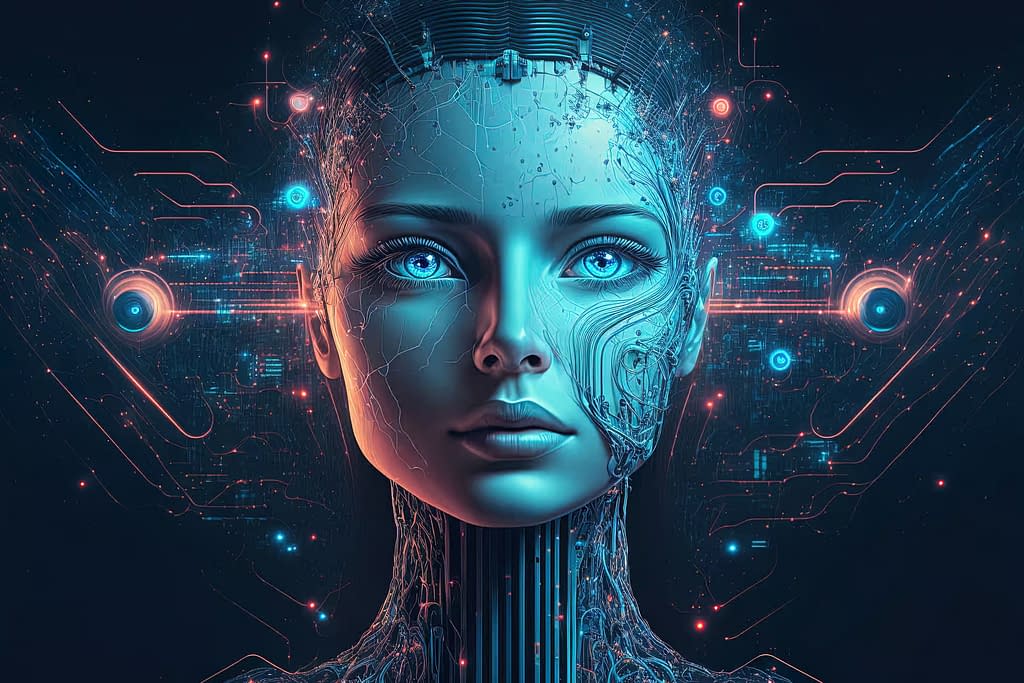Discover the 3 levels of artificial intelligence and their impact. From basic to advanced.
Currently, artificial intelligence (AI) is taking on an increasingly important role in our lives. That is, from virtual assistants on our smartphones to complex algorithms that power self-driving cars, AI is revolutionizing how we live and work. Therefore, in this article, we will explore the 3 levels of artificial intelligence and how they are shaping the future.

Reactive Artificial Intelligence — Level 1
The first level of artificial intelligence is known as reactive AI. At this level, systems are designed to perform specific tasks. That is, based on predefined rules. They lack the ability to learn from data or past experiences, making them highly specialized in a single task.
A notable example of reactive AI is Deep Blue, the IBM-developed computer that defeated world chess champion Garry Kasparov in 1997. Deep Blue was programmed to quickly analyze all possible chess moves. And that way, choosing the best one based on a fixed set of rules.
Limited Artificial Intelligence — Level 2
As we move to the second level, we find the AI limited. These systems have the ability to learn from data, but within specific limits. They are often used in pattern recognition applications. As well as voice and image recognition.
A notable example of narrow AI is Siri, Apple's virtual assistant. Siri can understand voice commands and respond to questions. However, the ability to learn is limited to the context in which it operates. She does not have the ability to learn and adapt to new domains of knowledge.
Autonomous Artificial Intelligence — Level 3
The third level of artificial intelligence is the most advanced and exciting. It is autonomous AI, with the ability to learn and adapt to a variety of situations and tasks. These systems are capable of reasoning, making decisions and even learning from their own experiences.
A stunning example of autonomous AI is the self-driving car. These vehicles use AI algorithms to navigate roads, make driving decisions and avoid obstacles. They learn from every trip and become better drivers every day.
The Future of AI
As AI continues to evolve, we can expect to see significant advancements in all of these areas. As well, reactive AI will continue to play a crucial role in highly specialized tasks such as medical diagnosis and complex games. Narrow AI will become more sophisticated, making our virtual assistants even more useful and intuitive. And autonomous AI will revolutionize entire industries, from transportation to medicine.
Therefore, as we explore the three levels of artificial intelligence, it becomes clear that we are witnessing a technological revolution that will shape our future in ways we can barely imagine. Finally, artificial intelligence is no longer science fiction; It is a reality that is transforming the world around us.
My talent is helping entrepreneurs build their professional brands, so that they have a life of their own and become increasingly stronger in the market. Creatively conceptualizing in an authentic way, building new spaces through digital and physical channels; and executing strategic marketing actions to achieve results. 👨🚀